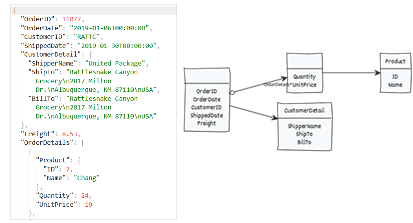JSON Layout Data Now Supports Objects
The DynamicPDF API now supports JSON data with named objects and allows referring to data elements using dot (.) notation. This change allows more flexibility in structuring JSON layout data used to create reports using Designer.

